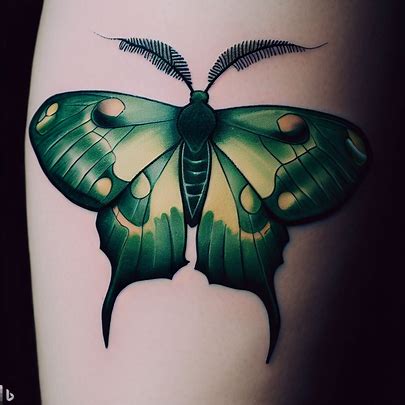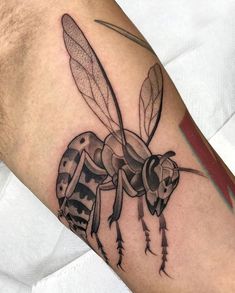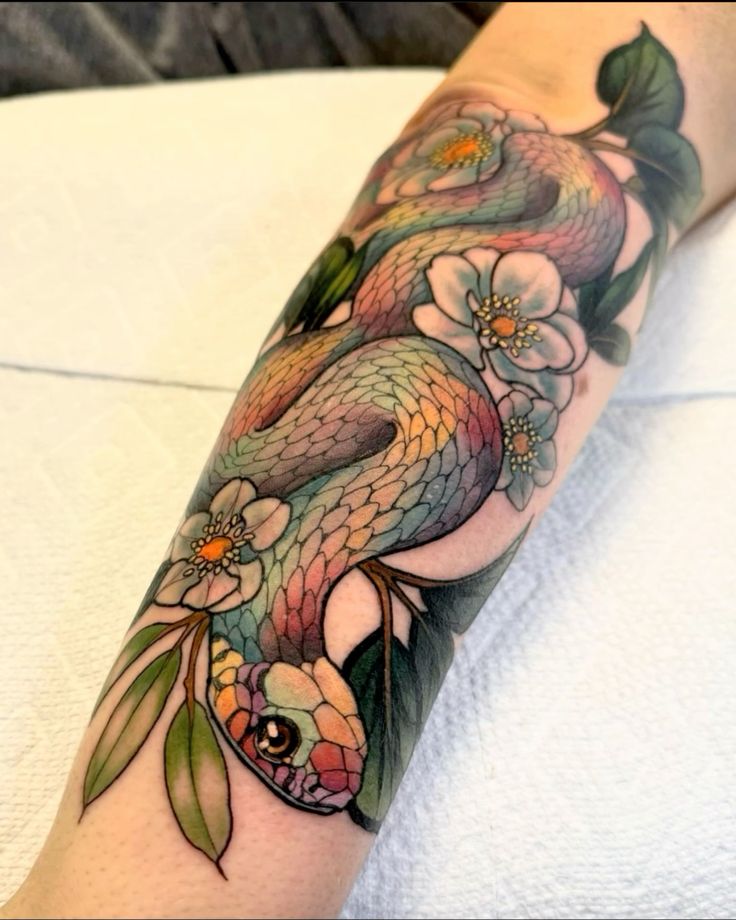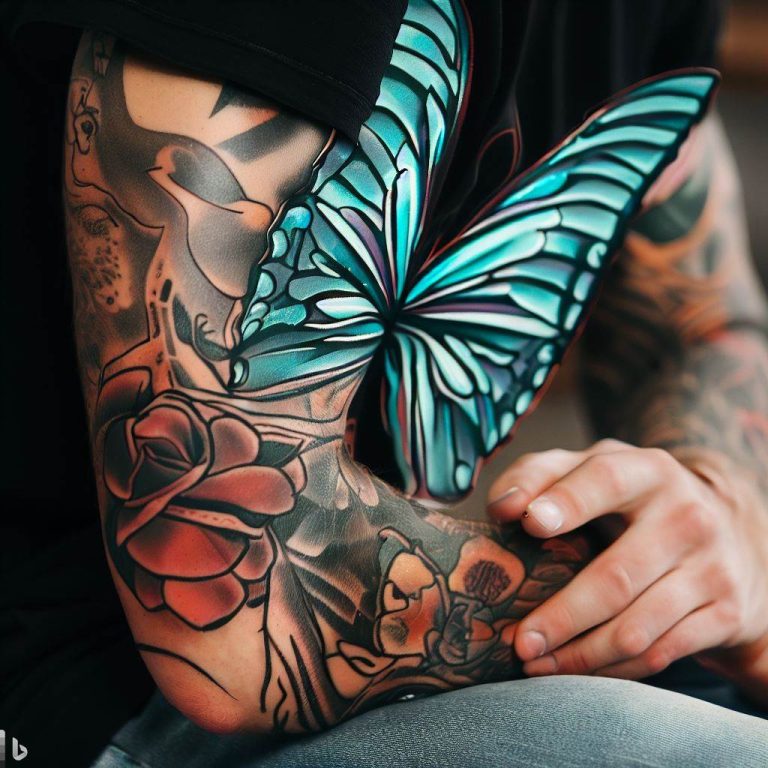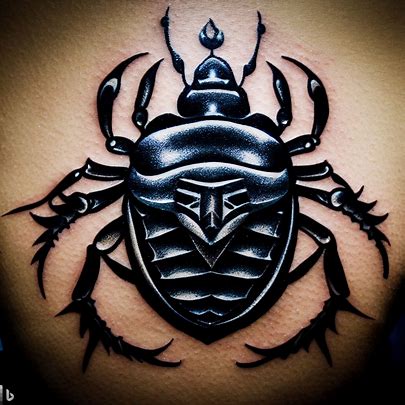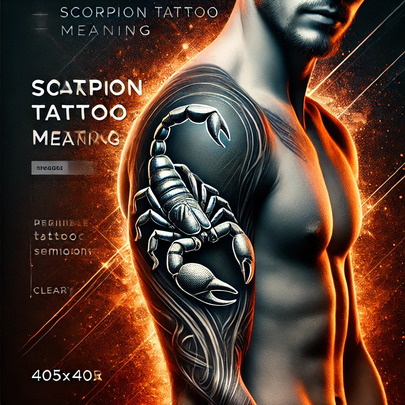Traditional Japanese Cloud Tattoo Design Meaning & Symbolism
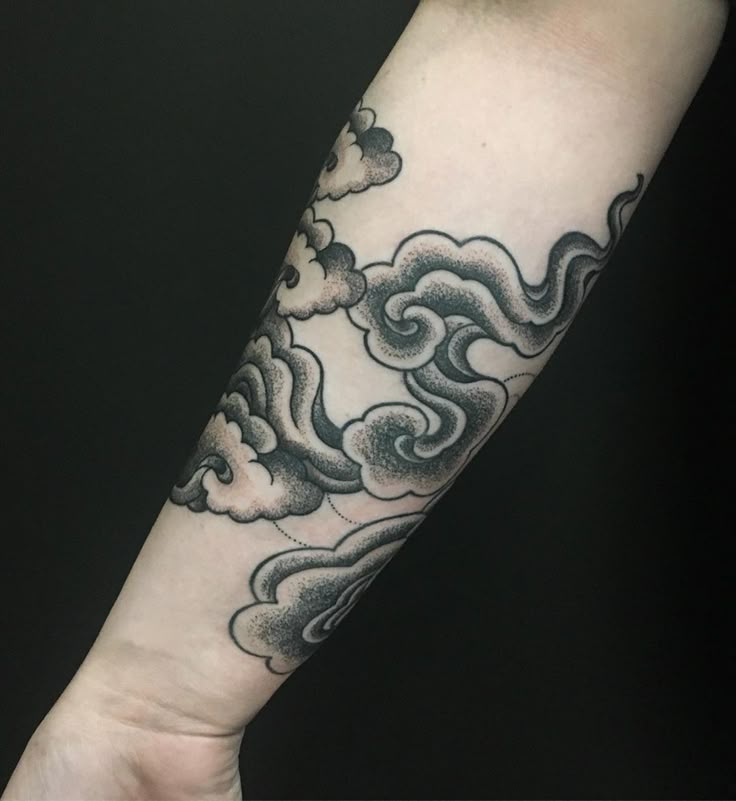
🌥️ Introduction: What Makes Traditional Japanese Cloud Tattoos Unique
Traditional Japanese cloud tattoos, known as “Kumo,” are iconic elements of the rich irezumi tattoo tradition. These swirling patterns, often seen enveloping dragons, gods, or waves, carry significant cultural weight and symbolism. They are not merely background fillers; they embody concepts like spirituality, transformation, and life’s impermanence. Their flowing forms add harmony and movement, making them both visually striking and deeply meaningful.
Visual Language: The Flowing Style of Japanese Cloud Tattoos
Japanese cloud tattoos are distinguished by their elegant, swirling motions that seem to dance across the skin. These forms are inspired by classical Japanese art, including woodblock prints (ukiyo-e) and temple murals. Artists use soft curves, subtle gradients, and stylized curls to depict energy and fluidity. Clouds in this tradition aren’t static—they feel alive, moving with the body and evolving with time.
Types of Cloud Patterns:
- Unryu (Dragon Cloud): Resembles wind-driven curls, typically seen with dragons and spirits.
- Zuiun (Auspicious Clouds): Used in sacred art to represent divine favor.
- Tebori-Inspired Clouds: Manually tattooed clouds with distinct hand-crafted textures.
Cultural Roots: From Edo Period Art to Modern Irezumi
The roots of kumo clouds go back centuries to Japan’s Edo period (1603–1868). During this time, artists depicted these cloud forms in paintings and woodblock prints. Clouds were seen as a bridge between the human and divine, a recurring motif in temples, scrolls, and religious settings.
In irezumi, clouds became essential elements in storytelling tattoos. They frame powerful scenes featuring koi fish, dragons, phoenixes, and legendary warriors, giving depth and motion to otherwise flat designs.
Spiritual Symbolism of Traditional Japanese Cloud Tattoos
Clouds in Japanese tattoos carry multiple layers of symbolism:
1. Impermanence (Mujo)
Clouds represent the Buddhist concept of impermanence. Just like clouds form and dissolve, so do all things in life.
2. Transformation
Clouds are in a constant state of flux. They symbolize personal growth, transformation, and spiritual evolution.
3. Spiritual Elevation
Clouds appear around Shinto gods and in Buddhist imagery, symbolizing enlightenment and divine presence.
4. Freedom and Mystery
Floating without restriction, clouds embody freedom and the hidden mysteries of life and spirit.
Popular Cloud Combinations and Their Meanings
⚡️ Dragons and Clouds
One of the most traditional pairings. The cloud-dragon combination represents strength, wisdom, and transcendence.
🌠 Koi Fish and Clouds
Symbolizing perseverance and fluidity, koi fish moving through cloudy waters reflect personal challenges and growth.
🌸 Cherry Blossoms and Clouds
Both ephemeral, this duo emphasizes the fleeting beauty of life and the passage of time.
🕊️ Gods and Mythical Beings
Figures like Raijin (thunder god) and Fujin (wind god) often appear surrounded by clouds, enhancing their divine essence.
Placement Ideas for Traditional Japanese Cloud Tattoo
Because of their flowing nature, cloud tattoos adapt beautifully to various parts of the body.
- Sleeves: Wrap around the arm to unify various tattoo elements.
- Back Pieces: Provide depth and movement in full-body tattoos.
- Shoulders and Chest: Add dynamic balance to symmetrical designs.
- Legs and Calves: Follow muscle curves for a powerful effect.
Modern Takes on Traditional Cloud Tattoos
While the roots of cloud tattoos are ancient, modern interpretations offer new artistic expressions:
- Watercolor Effects: Soft, blended edges mimic real clouds and sky.
- Minimalist Designs: Clean, black ink outlines for a more subtle look.
- Geometric Elements: Combine traditional patterns with modern lines and shapes.
These adaptations keep the symbolism intact while aligning with contemporary aesthetics.
Color Symbolism in Cloud Tattoos
Color plays a vital role in enhancing the meaning of your tattoo:
- Black and Grey: Traditional, solemn, and powerful.
- Blue: Peace, calm, and the element of water.
- Red or Orange: Passion, energy, and life force.
- Gold: Divinity, spiritual wealth, and enlightenment.
How to Choose the Right Design for You
Choosing a cloud tattoo should be a thoughtful process:
- Understand Your Intent: What do clouds mean to you—change, spirituality, protection?
- Pair With Purpose: Combine with dragons, koi, or flowers that resonate with your journey.
- Consult an Expert: A skilled irezumi artist will honor tradition and craft your vision.
- Consider Placement: Think about how your tattoo will flow with your body’s natural shape.
Tattoo Aftercare for Longevity
To keep your tattoo vibrant and meaningful:
- Avoid direct sunlight.
- Use fragrance-free moisturizers.
- Follow your artist’s healing instructions.
- Get touch-ups if the ink fades over time.
BONUS: Cloud Tattoos in Japanese Mythology
In Japanese mythology, clouds often serve as a veil between the human world and divine realms. Gods descend through clouds, and spirits are said to travel across them. In many folklore stories, clouds appear as both protectors and omens—giving your tattoo not just a design, but a mythic weight.
BONUS: Combining Cloud Tattoos with Kanji
Adding Kanji characters can enhance the depth of your design. Some popular choices include:
- 天 (Ten): Heaven
- 道 (Do): The way/path (as in Bushido)
- 無心 (Mushin): Empty mind or spiritual clarity
These characters can float within or alongside clouds to express your spiritual path.
Conclusion: Carrying the Sky on Your Skin
A traditional Japanese cloud tattoo is far more than a beautiful design—it is a personal narrative etched into the skin. Representing change, spirituality, and harmony, these flowing motifs connect ancient culture with modern identity. Whether paired with dragons or standing alone, Kumo tattoos speak to those who value depth, transformation, and the timeless dance between heaven and earth.
